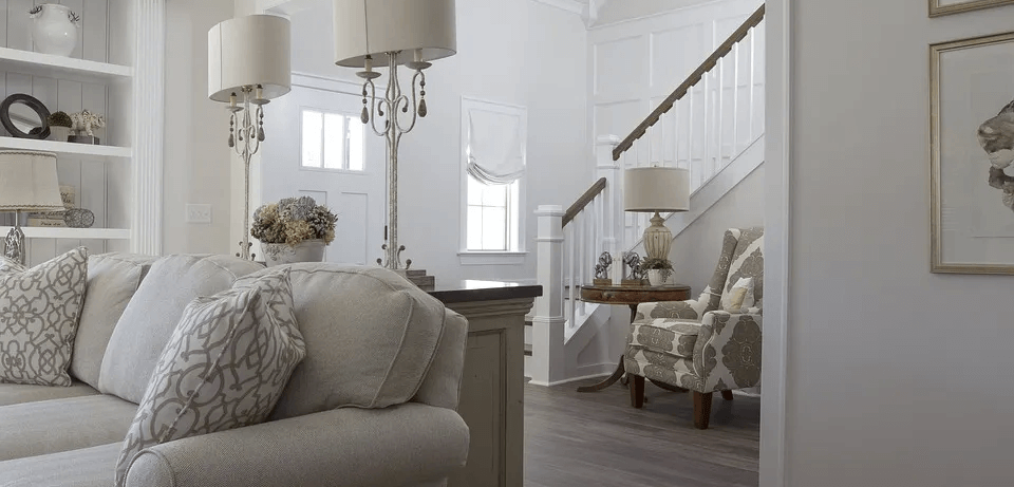As anybody who has ever bought a house before knows, real estate is quite expensive! Many buyers, although elated that they’re about to be homeowners (either for the first time or in new digs), also realize that they need to budget carefully for their move so they don’t get overextended during their new-home honeymoon.
What do you need to know in order to be able to move on a budget — and get it all done without losing your mind? Here are things to consider.
Assess your time vs. money situation
The economics of moving your household are pretty simple: If you have the time to do it all yourself, then you won’t have to spend any money. Or, if you have enough money to pay for other people to move you, then you won’t have to spend any of your own time.
So the first thing to think about is how valuable your time is and how valuable your money is right now. This will likely be different depending on your life stage, what you do for a living, and how much time you have available to you for your move. If you’re a first-time homebuyer in your 20s with no kids, then it might make sense to do more of the moving yourself; if you’re a move-up buyer in your 40s with a big household, then you might want to think about using your time to make enough money to pay movers.
Don’t eliminate options without doing some research
One insidious thing about trying to budget for a move is that it’s not always apparent which option is actually more expensive. By the time you pack up your entire house, spend your money on a truck, and fill it up with gas as you drive — are you really saving that much over a flat-fee moving service? Possibly, but quite probably not.
Look into all your different options and consider all of the different expenses and components that go into them. This is probably going to take some research; a full-service moving company is obviously going to do more for you than a flat-fee company, but how much, exactly, are those differences worth? Would it make the most sense to pack your stuff up yourself and hire movers to haul it to your new place?
While you’re exploring your options, make sure you’re checking review sites like Yelp so that you know what kind of quality you can expect from any moving services you might hire. Evaluate how much hiring a truck and paying for gas and mileage could cost you. And think about alternate options, like a PODS (portable on-demand storage) module that you can fill up with your belongings for a truck to haul away.
Platforms like TaskRabbit can also be good ways to facilitate a move if you don’t want to go with a full-service or flat-fee mover. Maybe instead you can hire a couple of people on TaskRabbit to help you shlep boxes.
Time your move as best you can
You’ve probably heard the saying “timing is everything,” and that is also true when moving. You could save a significant amount of money by timing your move to coincide with low-demand times of the month or of the year.
Summertime, for example, is a pretty expensive time of year to move. Lots of other households are trying to take advantage of both the weather and the break from school to make changes in their lives, and if you can wait until the fall or winter to move, then you’ll probably get some better rates from any moving companies you talk to.
Moving companies also tend to get booked up toward the end of the month, when many leases expire, so if you can time your move at any other time of the month, that can also be helpful. Weekly timing also can affect your budget; weekend moves are almost always going to be more expensive than moving on a weekday. And even the time of day matters, when you factor in a rush-hour — if you rented a truck and you’re stuck in traffic with it, you could incur a late fee, so try to avoid moving during peak traffic hours.
Get rid of as much as you can
Minimalism might be having a bit of a moment right now, but even if you’re a packrat, you have to acknowledge the wisdom in the concept that you won’t have to pay to move things that you don’t own anymore. When you’ve determined how much time and money you can spend on your move, and you’ve figured out when you’ll be moving, it’s time to start narrowing down what to move as much as you possibly can.
Start with any big items that don’t appeal to you as much as they used to, or that won’t fit in your new place, or that you don’t need anymore. There are all kinds of ways to get rid of things today, including Craigslist and Facebook Marketplace; take pictures of your items and advertise them online.
You can always donate anything that nobody buys, but you just might make enough money off of your virtual garage sale to help pay for movers … especially once you’ve reduced what they have to move.
Don’t pay for boxes
When you’re moving on a budget, boxes are one of the very last things you should pay for — there are so many ways to get free boxes to move your things, and they can really add up if you’re buying them new from the truck-rental place.
Where can you find cheap or free boxes? Try your workplace, first and foremost. If you work in an office, there are probably boxes for printer paper that work well for moving. Restaurants get food delivered regularly, and that food arrives inboxes. Grocery stores and liquor stores also often have repositories of boxes, and if all those fail, you can always beg your friends on social media for any boxes they have handy to spare.
Use what you have for packing materials
Bubble wrap, like boxes, is one of those moving expenses that feels especially painful; it’s disposable and literally only used to get your belongings safely from one place to another. One easy way to save money is to use the fabrics in your house — sheets, towels, blankets, coats, sweaters, and so on — to wrap breakables like your dishes or vases.
This does work well, and your items will arrive intact at the other end; however, you may find yourself with quite a bit of laundry to do as you unpack from your journey. You’ve been warned!
Consider USPS Media Mail
You wouldn’t think that mailing yourself your belongings would be a very cost-effective way to move, but that’s probably because you’re not familiar with USPS Media Mail. This is a service that allows you to mail certain educational-material items, such as books and movies, at a very reasonable rate. (Unfortunately, comic books do not count.) The Media Mail rates are based on weight, but once you do the math, you might discover that mailing the bulk of your books and movies will allow you to rent a smaller vehicle and save a lot of money.
Do what it takes to get your deposit back
If you’re renting, then you probably put down a security deposit on your place. What are the odds that you’ll get it back? This can be an easy way for landlords to earn money; people are tired after packing up all their things, and one of the very last things you want to do is scour the house you’re going to leave.
But don’t get lazy and hand over that hard-earned security deposit to your landlord. It’s already been sitting in their bank account, accruing interest that’s not yours — now it’s time to get that money back and make it work for you instead.
Write it off if you can





